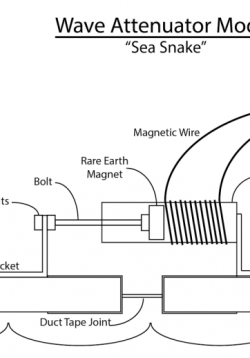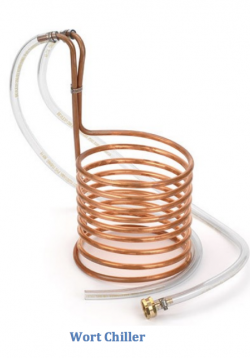Build Solar Cars
Students will build their solar vehicles. There are many options for them to do this, depending on the specific variables hoping to be tested following the construction and material-selection process. Students will be given the opportunity to try out...









